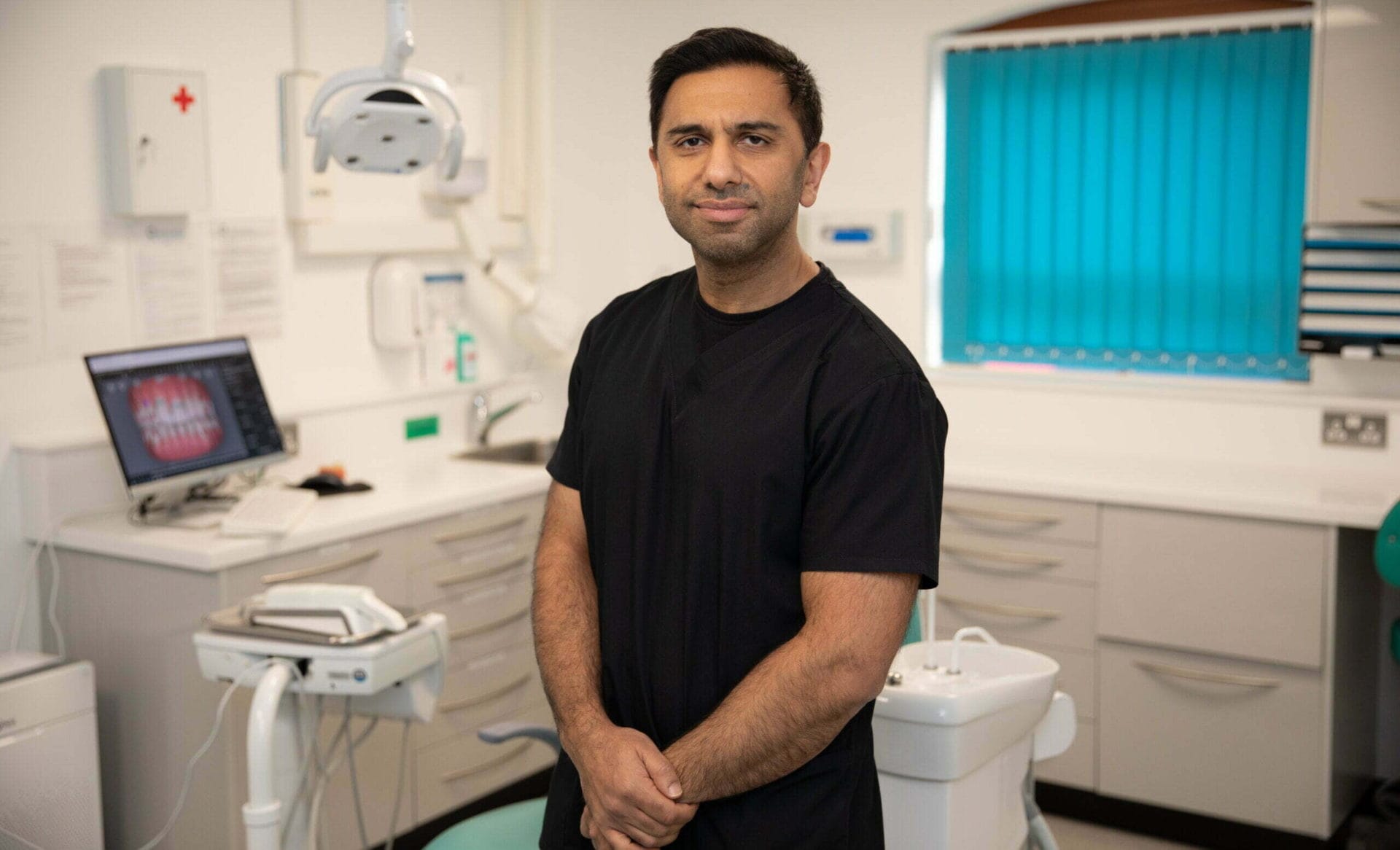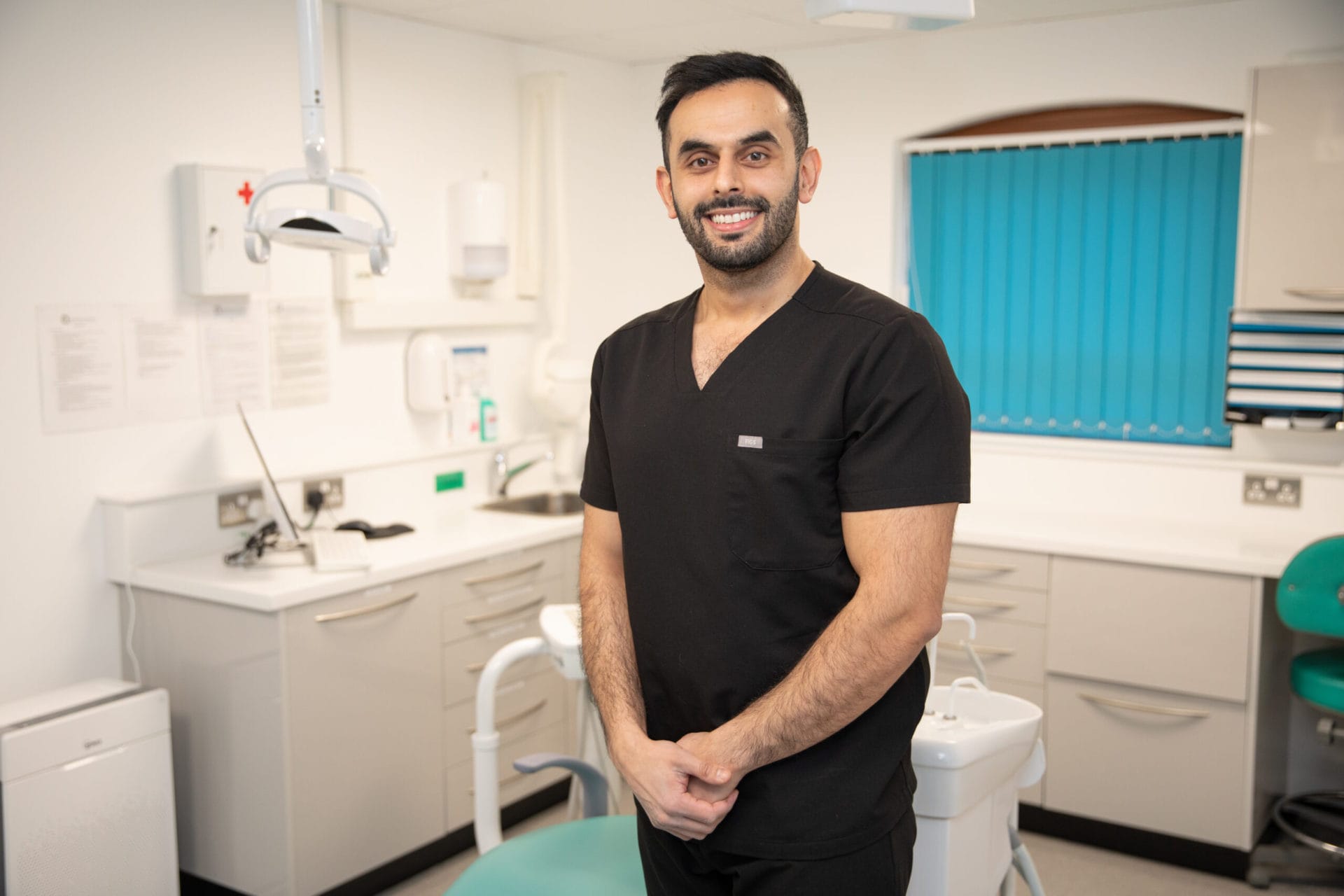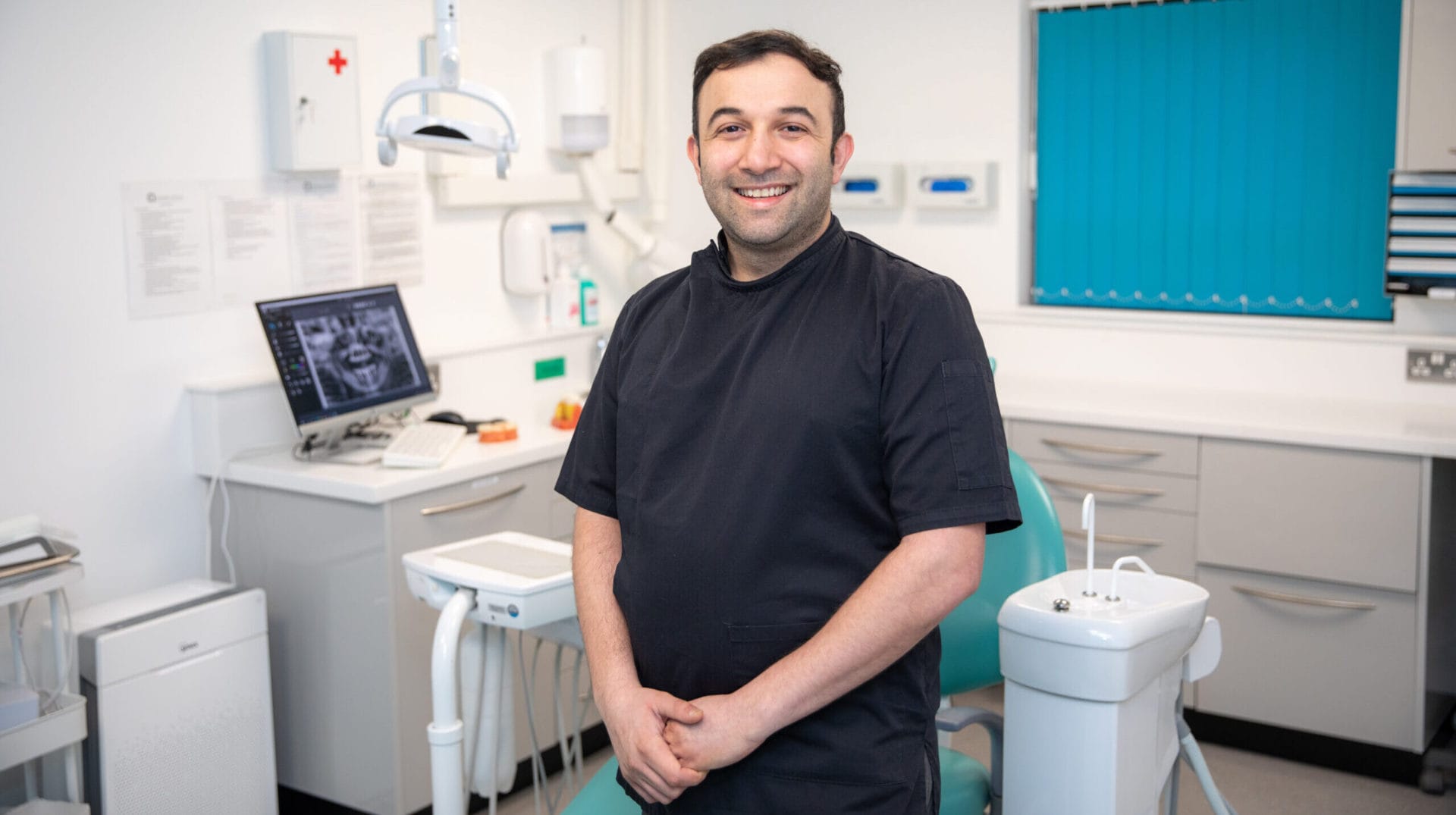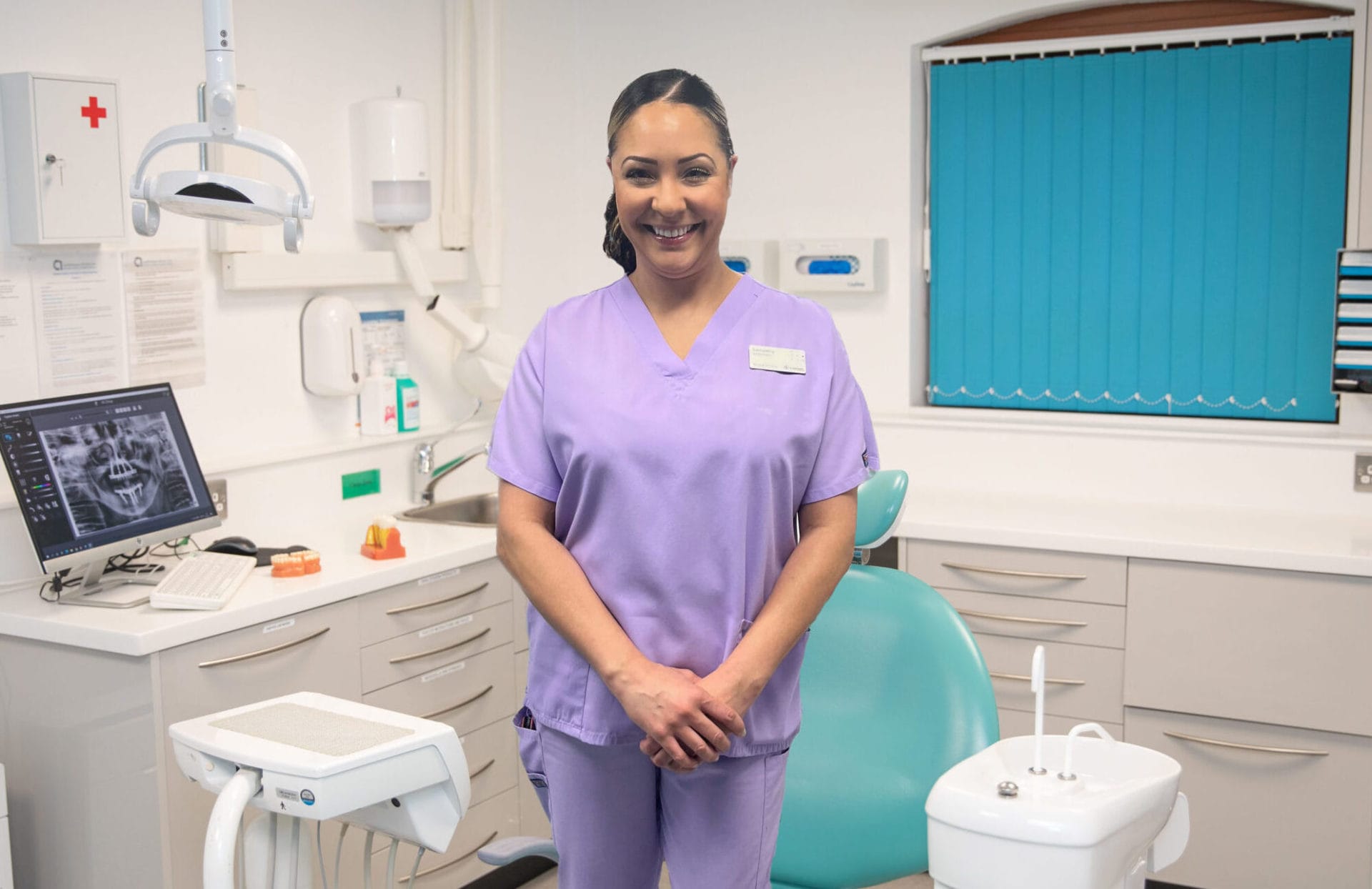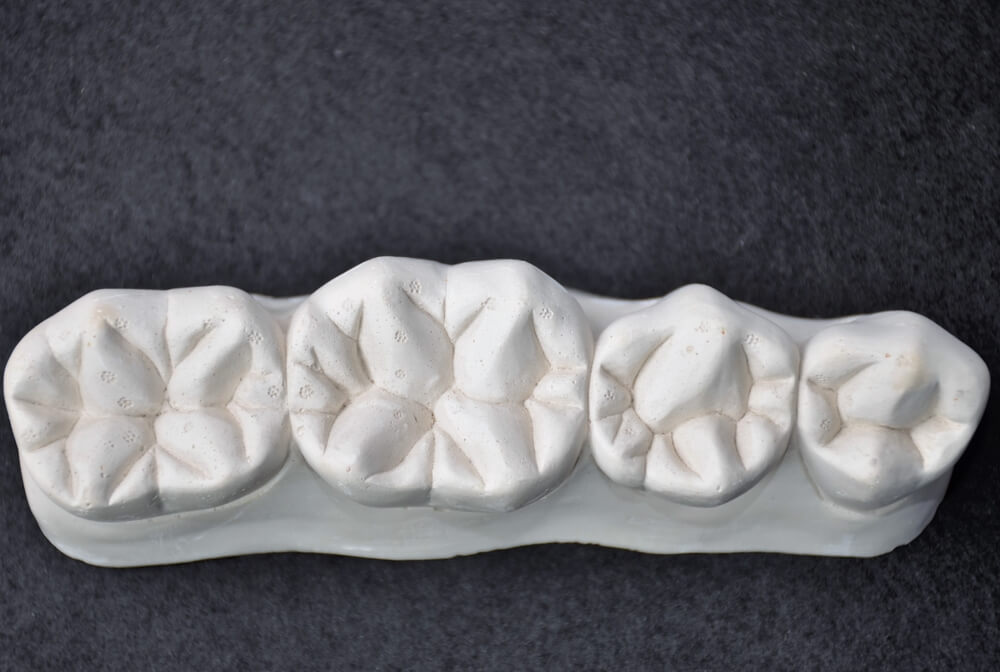
When you think about your teeth, the first ones that usually come to mind are the large molars at the back of your mouth or the sharp canines at the front. But what about the teeth in between? These are called premolars, or bicuspids.
Premolars play a really important role in our oral health and our ability to eat properly. But what exactly are they, and how do they differ from our other teeth.
In this blog, we’ll run over everything you need to know about premolars, including their role as transitional teeth and how they are different to permanent molars and your canines. Let’s get into it.
Key Takeaways: –
- What Are Premolars?
- How Are Premolars Different from Molars?
- Why Are Premolars Important?
- Premolars in Kids
- Proper Care for Premolars
What Are Premolars?
Premolars are the permanent teeth between your canines (the pointy, visible teeth in the front) and your molar teeth (the big, strong ones at the back). You have a total of eight premolars in your mouth – four on the top row of teeth and four on the bottom.
How Are Premolars Different from Molars?
At first glance, premolar teeth and molar teeth might seem similar since both types of teeth are used to chew food. However, there are some key differences between the two:
Size and Shape
Premolars are smaller than molars. While molars typically have four cusps (the pointed parts on the top of the tooth), premolars only have two. This makes premolars less bulky but still effective for chewing.
Roots
Most premolars have one root, except for the first premolars on the top, which usually have two. Molars, on the other hand, generally have two or three roots, making them more firmly anchored in the jaw.
Function
Molars are designed for grinding food into smaller pieces, thanks to their larger, flatter surfaces, while premolars help to cut and tear food before passing it to the molars for the final grinding.
Why Are Premolars Important?
Premolar teeth might not be as famous as molars or as noticeable as canine teeth, but they are just as important for a number of reasons:
Efficient Chewing
Premolars help transition food from the front of the mouth to the back. They cut and tear food into smaller, manageable pieces, making it easier for the molars to do their job.
Keeping Teeth Alignment
Premolars also help to keep the rest of your teeth in the right place. They act as a support system, making sure your molars and canines are positioned correctly and can function well.
Appearance and Functional Balance
Without premolars, the balance between the different types of teeth in your mouth would be disrupted. This balance is important for chewing and the overall structure and appearance of your smile.
Premolars in Kids
You won’t find premolars in a child’s mouth, as kids have what’s known as deciduous teeth or baby teeth. Instead of premolars, they have first molars in the spots where adults have premolars. These primary teeth fall out around the age of 6 and are replaced by permanent teeth, including premolars, as the child grows.
Proper Care for Premolars
Like all types of teeth, premolars need proper care to prevent tooth decay and protect oral hygiene. Regular brushing, flossing, and dental check-ups keep premolars and other adult teeth healthy. Bad oral hygiene could result in loose teeth or cavities, which then require root canal treatment in Leeds.
Protect Your Oral Hygiene With Aesthetique
Premolars might not get as much attention as other types of teeth, but they are essential for a healthy, functional mouth. These transitional teeth bridge the gap between cutting food with the front teeth and grinding it with the back teeth, making sure everything we eat is well-prepared for digestion.
If you’re worried your premolars, or any other teeth, aren’t in the best condition, give our team of dentists a call. As the go-to private dentist in Leeds, there’s no one better to trust with your oral health. Book your free consultation today.
